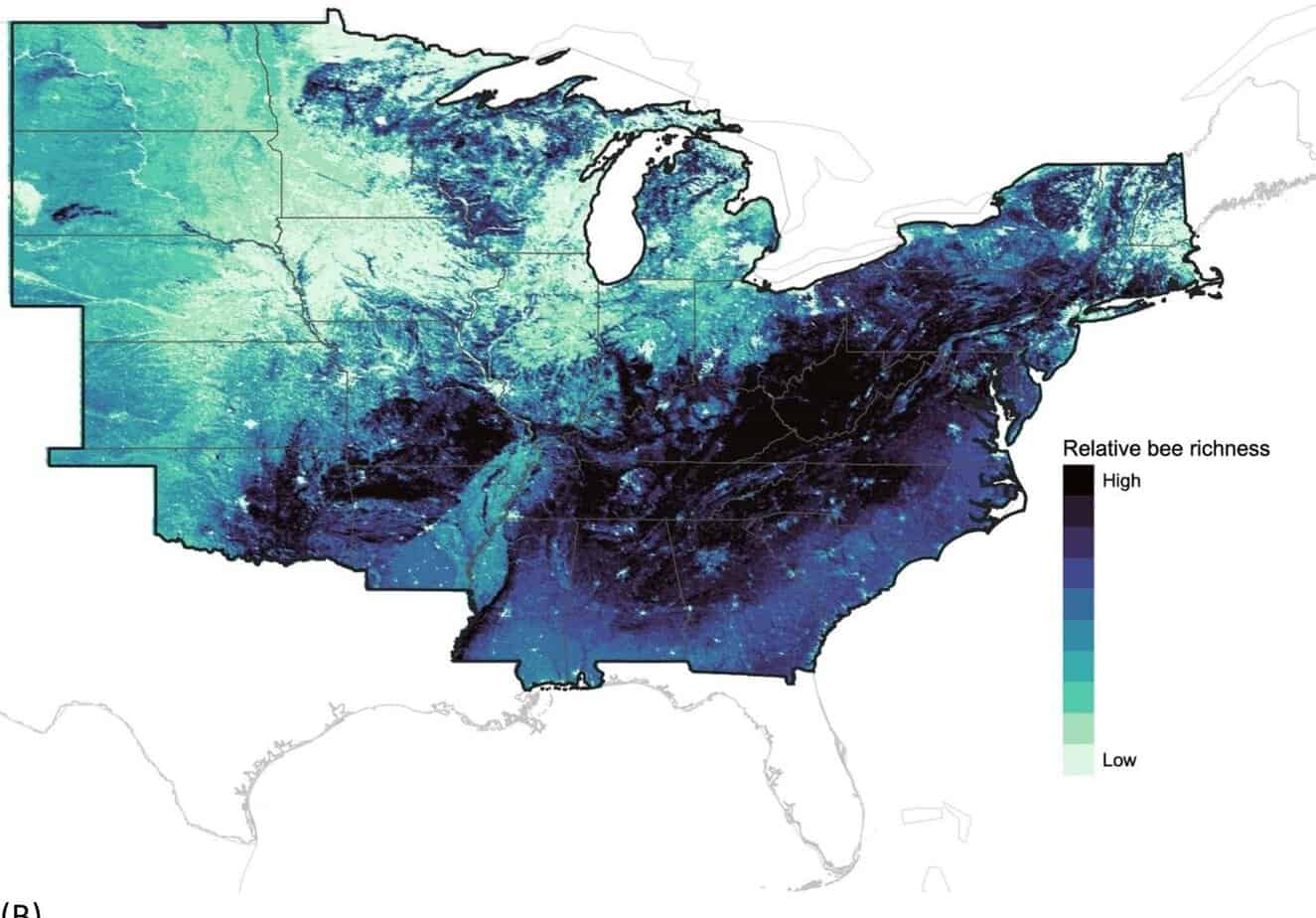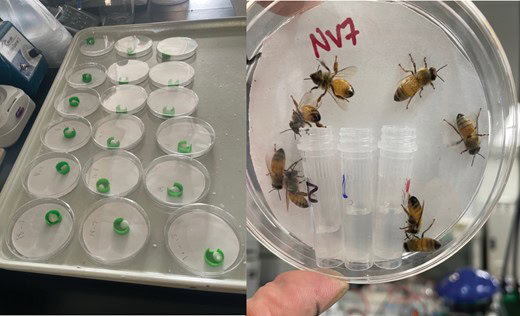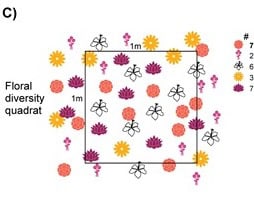Proposed Complete Funding Cut for USGS Bee Lab
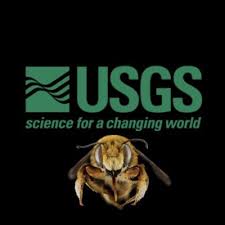
The proposed U.S. budget for 2025 includes cuts to funding for bee research, particularly the U.S. Geological Survey Bee Lab, which coordinates research efforts across the country. The budget eliminates funding for the Ecosystem Management Area, which funds the Bee Lab, impacting research on American bees.The U.S. Geological Survey Bee Lab plays a crucial role in coordinating research on bees across the country. This proposed cut has raised concerns from organizations like the Center for Biological Diversity, who urge the administration to reconsider the cuts.
Earlier this year renowned pollinator expert Sam Droege was informed that he would be fired. Beekeepers from across Maryland came together to salvage over 300,000 samples and preserve them for future research and education. At present, the budget action is being postponed by preliminary injunction in Federal court. [More info]
Investing in Western Cedar Woodenware Affects Beekeepers More Than Bees
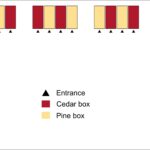
Layout of nuc yard (clickable)
Western red cedar (the most common type of cedar harvested in the US) is typically more expensive than pine and is lightweight, rot-resistant, and more insulating and less prone to warping than pine. One of its most valued features, pesticidal properties, could conceivably make it inappropriate for honey bees hives.
Allison McAfee and David Tarpy of NCSU took a look, creating and monitoring nucs in both cedar and pine. Over a year, there was no difference in survival, varroa, populations. The researchers did not find evidence that hiving honey bee colonies in boxes constructed of western red cedar had any negative or positive effect. [More info]
More Birds, More Bees
The range of species and populations of native bees is a persistent mystery in science, since these bees fall outside of research done on species linked to crop production. Researchers led by Josée Rousseau at the Cornell Lab of Ornithology have, however, identified indicators among bird species that provide helpful pointers to native bees. The scientists demonstrated that bird statistics add value to land cover data as indicators of wild bee species richness across broad geographies. "[W]e suggest that bird and land cover data, when combined, serve as useful indicators to guide monitoring and conservation priorities until the quality and quantity of bee data improve." [More info]
Basic Tips and Educational Resources for Pollinator Protection from EPA
On April 22, The Environmental Protection Agency updated its online list of digital resources available to all to support pollinator education, including coloring books in English and Spanish, puzzles and gardening info. These resources and activities are designed to help students, parents, teachers, and consumers learn about pollinators and how to protect them. [More info]
Beltsville Bee Lab Pioneers "P-Cups" for Practicality, Reduced Cost
Fueled by advances made by Dr. Zac Lamas, the USDA/ARS Bee Lab in Beltsville has developed the use of "P-Cups," Petri dish arenas for raising bees. Current tools like hoarding cages and chambers to house bees during experiments often fall short in terms of cost, efficiency, and ensuring bee survival. In addition tp our groups' own interest in advancing research into bee health, however, this tool supports work with honey bees within ongoing research models for development, social behavior, microbiology, and aging. Our Beltsville neighbors appear to have perfected small-scale, inexpensive, disposable rearing arenas for honey bees that have proved useful for hundreds of bioassays with thousands of bees. You can even see a movie at https://www.youtube.com/@beeocene! [More info]
A Mixed Message? Presence of Honey Bee Colonies May Reduce Native Bee Abundance...But Natives Bounce Back (Some)
In research led by Anthony Vaudo of Penn State University on the Tibetan Plateau, scientists found that the presence of apiaries and the number of honey bees reduced native bee abundances in the local bee community. However, in locations where apiaries were previously kept for decades but are not currently present, native bee abundances recovered. These densities were still divergent from those in locations where honey bees had not been present. Study results suggest that the presence of a transient, intermediate number of migratory honey bee colonies may be an intermediate ecological disturbance and not permanently reduce native bee abundances. On the flip side, there is still potential for even low density beekeeping to have some long term effects. [More info]
A New Pollen Replacement Diet May Protect Bees
From the Proceedings of the Royal Society in April, a team from Washington State University led by Thierry Bogaert has developed a nutritionally complete pollen-replacing diet that protects honeybee colonies during stressful commercial pollination, including a critical micronutrient, isofucosterol. We are used to hearing about the interplay of nutrition, pests, pathogens, and pesticides in damaging bee health and reducing survival: we may now have another resource to help us meet the first of those challenges! In a season-long experiment investigating the commercial pollination of blueberry and sunflower fields, the researchers fed a treatment group the "complete diet," and those colonies overcame the detrimental effects of nutritional stress, unlike colonies in ‘No Diet’ and ‘Commercial Diet’ groups. [More info]
[Return to June 2025 Beeline newsletter]


